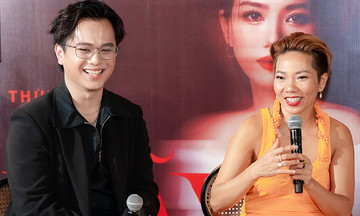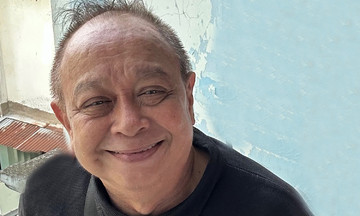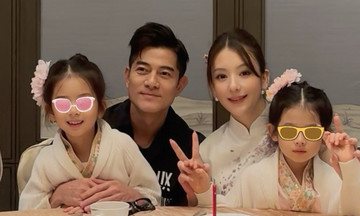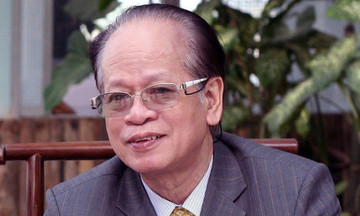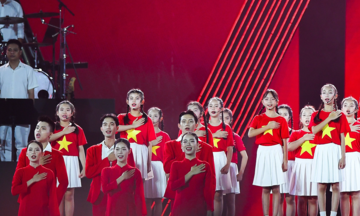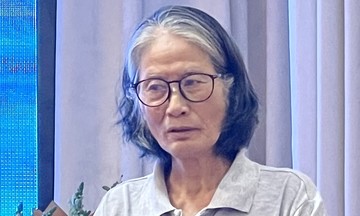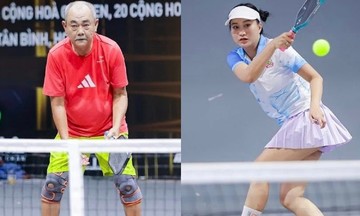* This article contains spoilers
Set in Taisho-era Japan, "Demon Slayer" follows Tanjiro Kamado, who returns home to discover his family murdered and his younger sister, Nezuko, transformed into a demon. He joins the Demon Slayer Corps to hunt down Muzan Kibutsuji, the progenitor of all demons. This new installment sees the characters enter the Infinity Castle, where a confrontation unfolds between the Hashira (Pillars) and the Upper Rank demons.
Produced by Ufotable, the film uses CGI to create the ever-shifting landscape of the Infinity Castle, combined with traditional hand-drawn animation to preserve the style of the original manga. Many viewers on X praised the detailed fight choreography, fluid background animation, and dynamic battle sequences.
Screen Daily commended the film's impressive use of lighting and effects, such as water, fire, and smoke, which contrast with the dark backdrop of the Infinity Castle. However, the magazine noted that several extended flashbacks slow the film's pace. Total Film considered it a significant step up in action compared to Mugen Train, while IGN felt the film struggled to balance the intense action with the backstory sequences.
With music and sound effects by Yuki Kajiura and Go Shiina, The Guardian praised the electronic orchestral score for highlighting every slash, gust of wind, and footstep in the shadowy setting.
 |
Poster for "Demon Slayer: Infinity Castle." Image: Ufotable |
The story centers on the battles within the castle as the Hashira split into groups to confront the Upper Rank demons. Shinobu's encounter with Doma reveals motivations through past connections. Tanjiro teams up with Giyu to fight Akaza, continuing the "Rengoku - promise of revenge" arc. Zenitsu faces a familiar demon, demonstrating growth from previous installments.
However, the film's 2 hour 30 minute runtime and extensive flashbacks pose a challenge. India Today noted that the 155-minute length sometimes disrupts the flow of battle with these past sequences. Some new viewers might find it difficult to grasp the villains' motivations without having seen the previous parts.
Despite the controversy, Associate Professor Ueki Akiko of Shitennoji University explained that flashbacks are characteristic of Demon Slayer, providing emotional grounding and explaining character choices. One example is the depiction of Akaza's journey from a martial artist to becoming Muzan's subordinate.
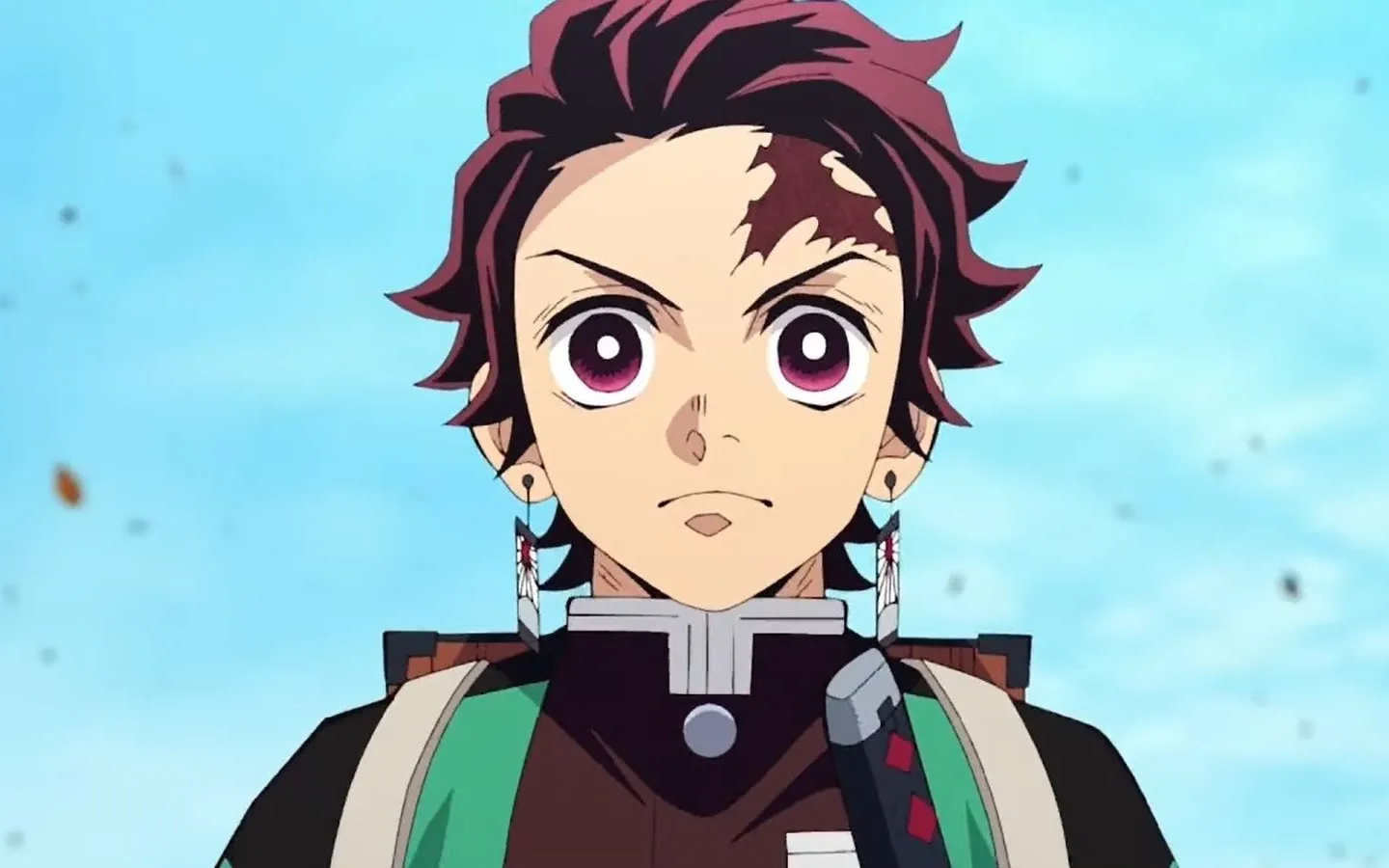 |
Tanjiro Kamado in "Demon Slayer: Infinity Castle." Image: Ufotable |
The film focuses on Tanjiro's burden with Nezuko, the teamwork among the Demon Slayers, and the role of each Hashira in the various battles. Moments of camaraderie balance the fierce combat and reinforce themes of family, courage, and sacrifice.
Personal tragedies on both sides highlight the blurred lines between good and evil. This choice stays true to the source material while adding psychological depth, elevating the film beyond pure action.
A month after its release, the film has earned over 400 million USD globally. In Japan alone, it ranks among the top 5 highest-grossing anime films of all time, according to Oricon. This success confirms the enduring appeal of the Demon Slayer franchise in Japan and globally over the past ten years.
Gia Hung



